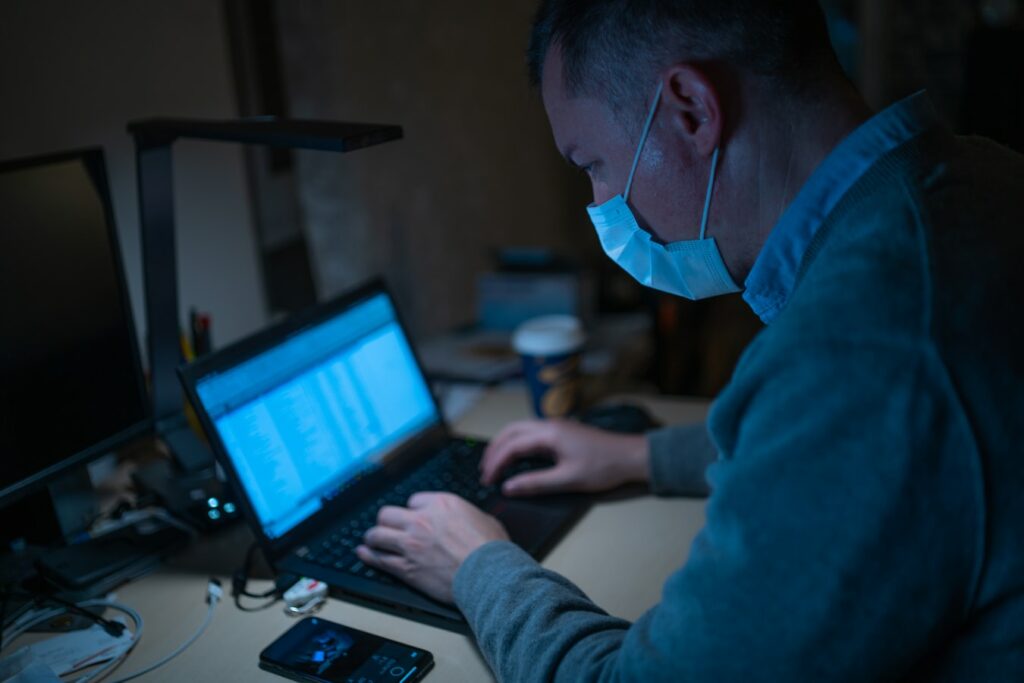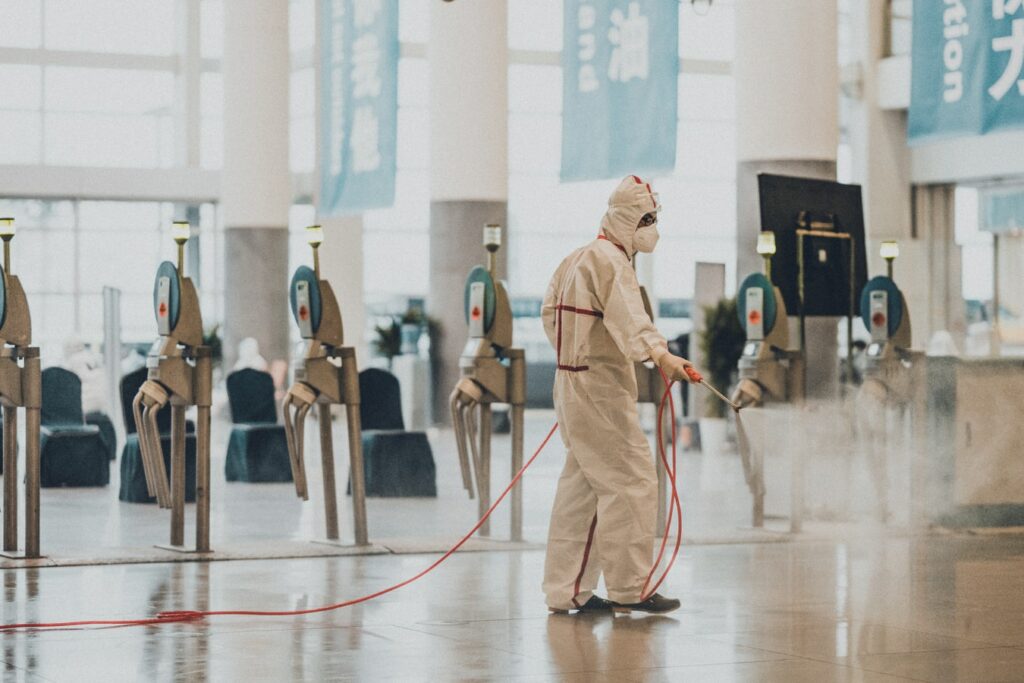If you think we’ll be able to go back to normal after the initial lockdown, you’d better think again.
Some shops will open while others won’t, and most of the economy will run at partial capacity. We’re likely looking at long-term protection measures, face masks, and partial lockdowns.

Waves of change
Even as New York City is facing a ‘9/11 every day‘, the city is still faring better than most models predicted. This unprecedented health crisis, followed by an unprecedented economic crisis, is still better than expected — but it’s just the beginning.
SARS-CoV-2, the novel coronavirus, is extremely contagious. We’d do well to suppress its initial stage, but unless the entire world suppresses it perfectly at exactly the same time (which, needless to say, is practically impossible), we’re still not rid of the virus. When you factor in that we’re looking at a year before a vaccine is developed (and several more months before it is widely deployed), it becomes pretty clear that we’ll have to work out a pretty long transition period.
If we flick the switch and just go out, all we’ve done is delay a catastrophe — the second wave of infections will undoubtedly come and we’re back to square one; or more likely, in an even worse position. If we’re too eager to open the floodgates, we’ll bear the full front of the virus once more.
That will just not do. After we weather the first COVID-19 wave, we need to make sure not to expose ourselves to the next wave. Our reaction, too, will need to come in waves.

What to expect
As we start to emerge from lockdown, we will also increase the risk of a new wave of the virus spreading. This risk will need to be carefully balanced against this risk, and no measure should roll the dice with a new uncontrolled outbreak.
Therefore, the events which carry the largest risks, and are non-essential, are likely to remain suspended for months, potentially into 2021. Large gatherings (think sporting events, rallies, clubs, gyms) are probably the last thing we’ll reopen. It’s hard to see a future where responsible decisionmakers resume all that in the next few months.
Some shops will opening, though it remains to be seen how businesses will actually survive the economic onslaught that will follow. But even the shops that do open will likely not work at full capacity. They will need to ensure a distance of ~2 meters (5 feet) between customers and much stricter hygiene standards. Customers themselves will need to readjust to the new conditions, which will likely be in place for a while.
Bars and restaurants remain an uncertainty in this situation. Several countries are considering implementing a 2-meter spacing between patrons, but the problem of serving food in an environment which can transmit the virus remains problematic.
Controls at border points and airports will be relatively strict for a while, and governments will need to ensure some form of quarantine or quarantine enforcement — which, importantly, must not turn our society into a surveillance state.

Face masks are likely to become commonplace all around the world. Hong Kong knew it all along, as have several other places in Asia. Whether the shortages will continue and we’ll be wearing improvised cloth masks, or whether it will be surgical or maybe even respirator masks, they are likely to become a part of our future outfits. Several countries are already considering making them mandatory for a while, at least in crowded areas such as factories.
More infections, more preparation
It’s almost inevitable that we will have even more infections on our hands in the near future. But this doesn’t mean that this lockdown is in vain. This lockdown is all about buying time, especially for the medical system. Ventilators are being built at record dates, and countless production facilities have been repurposed into making protective gear. By fall, we can be much better prepared, and we’d do well to be so.
By fall and winter, the burden of COVID-19 will be compounded by influenza and other seasonal diseases. By then, hopefully, we will have some reliable clinical indication about what treatments can help against the coronavirus, and survival rates will be much higher.
Of course, if we want to truly resume our lives, we absolutely need mass testing. We need to have a good idea about how the virus is spreading and when things look like they might go out of control.
There will still be much uncertainty about the virus but as the months pass, our understanding will improve. It will be imperfect and incomplete, but it will still be better.
Lastly, we will have all the non-virus consequences of the pandemic to deal with. We’ll need to work through a severe economic recession (which is a virtual guarantee at this point), ongoing restrictions, and the widespread mental stress and anxiety that is already starting to build.
It’s not a pleasant picture. It will be a while before we go to a concert or on a cruise. It will be a tough time for everyone involved, and society won’t be the same by the end of this.
But we have never been better equipped to deal with this. We have the tools and the potential to rise up to this unprecedented challenge. It’s up to each and every one of us to live up to this potential.


